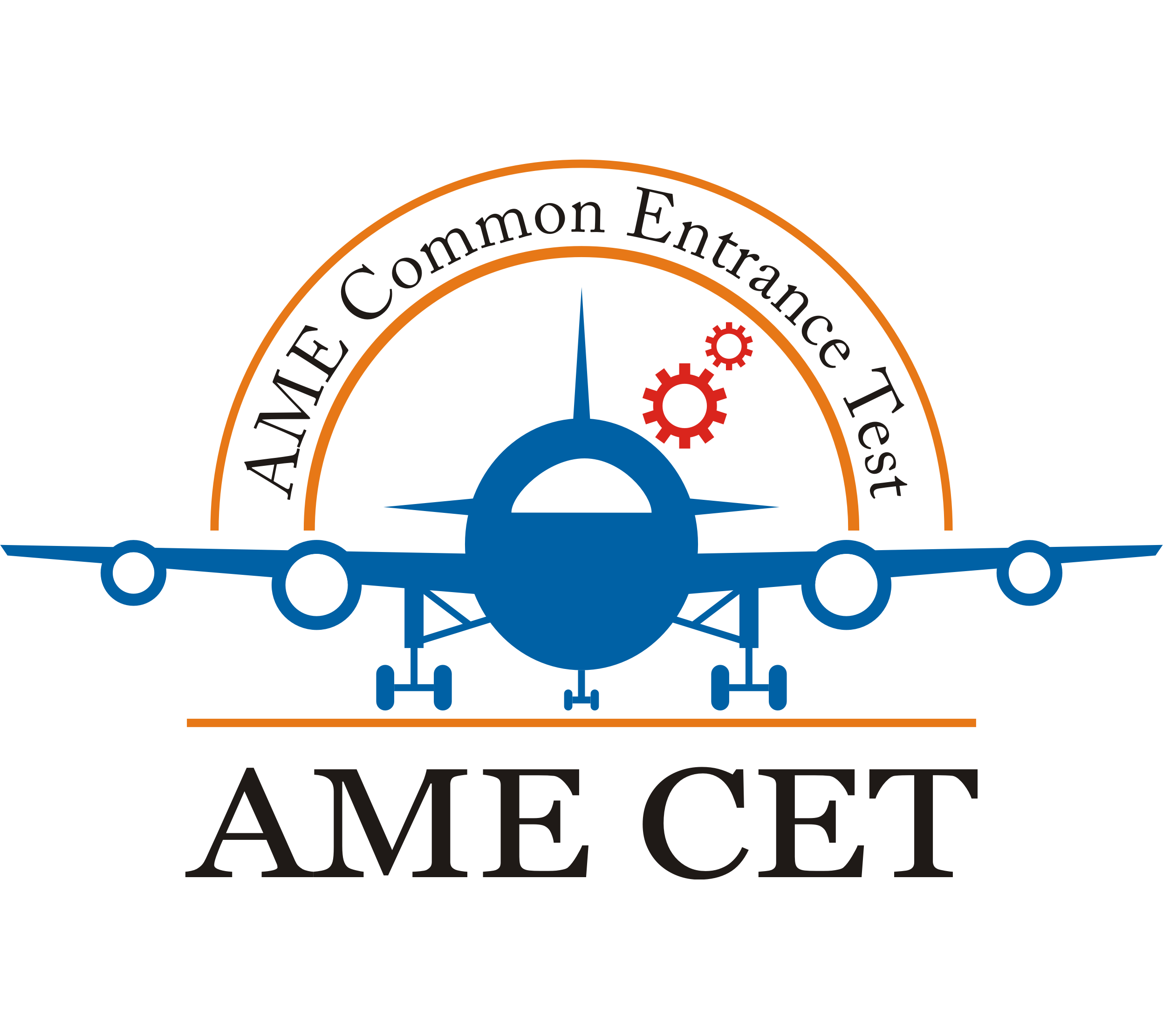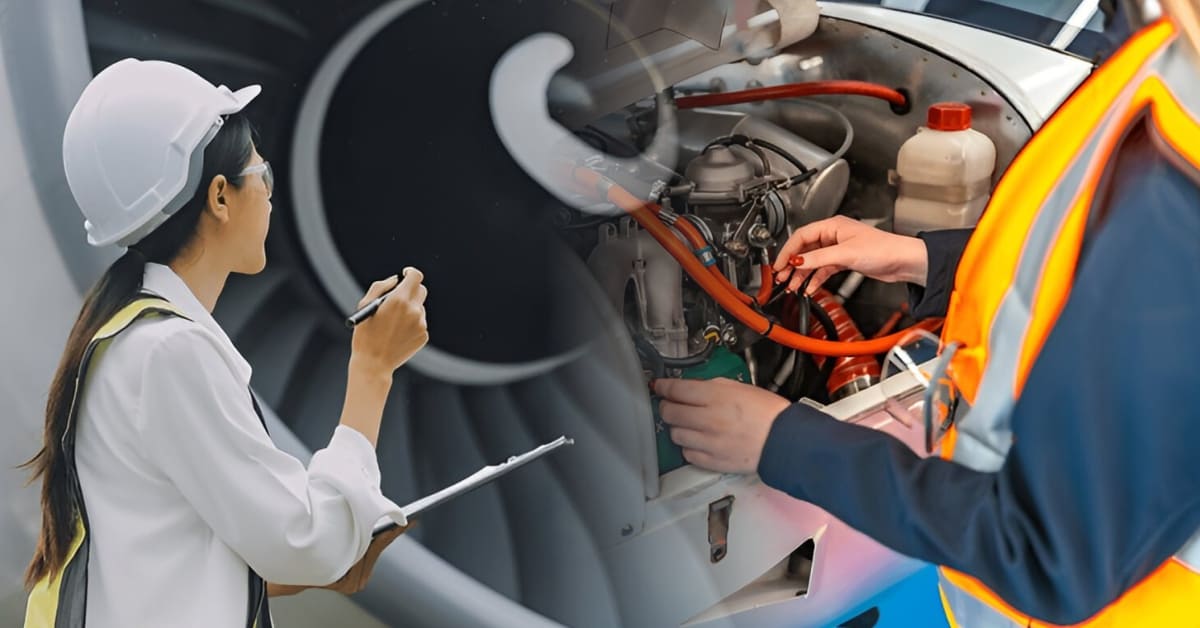What is the Difference Between a B.Sc. AME Graduate and a Licensed AME?
Posted on : 19 October, 2025 12:54 pm
The aviation industry is a highly specialized field that demands both theoretical knowledge and hands-on technical expertise. When it comes to Aircraft Maintenance Engineering (AME), two commonly misunderstood roles are that of a B.Sc. AME graduate and a Licensed AME. While they may seem similar at first glance, there are significant differences in their qualifications, responsibilities, and career scope.
1. Understanding B.Sc. AME
Academic Qualification
A B.Sc. AME (Bachelor of Science in Aircraft Maintenance Engineering) is an academic undergraduate program, typically spanning three years. It is designed to provide students with foundational knowledge in aircraft systems, aviation regulations, aerodynamics, and safety standards.
The course usually covers:
- Aircraft structures and systems
- Aviation law and human factors
- Basic engineering principles
- Safety and quality control
Upon completing the B.Sc. AME, graduates receive a degree but do not yet have the authority to certify aircraft for flight. Their qualification is academic and may be useful for roles in technical support, documentation, or for pursuing further training towards licensing.
2. Who is a Licensed AME?
Professional Certification
A Licensed Aircraft Maintenance Engineer is someone who has not only completed relevant theoretical and practical training but has also passed regulatory licensing exams, such as those conducted by:
- Directorate General of Civil Aviation (DGCA) in India
- EASA (European Union Aviation Safety Agency)
- FAA (Federal Aviation Administration) in the US
Scope of Work
Licensed AMEs are authorized to:
- Inspect, repair, and maintain aircraft
- Certify aircraft airworthiness before flights
- Sign off maintenance releases
This license is highly regulated and requires rigorous practical training (often through Part 147-approved organizations), on-the-job experience, and successful completion of modules and skill tests.
3. Key Differences at a Glance
| Criteria | B.Sc. AME Graduate | Licensed AME |
| Qualification Type | Academic Degree | Professional License |
| Course Duration | 3 years (typically) | Varies; includes training + exams |
| Authority to Certify | No | Yes |
| Employment Eligibility | Technical or support roles | Core maintenance and certification |
| Further Steps Needed | Requires licensing to become AME | Already qualified to certify aircraft |
4. Which One Should You Choose?
- If students are looking for academic grounding in aviation and wish to keep student career options open (including management, higher studies, or support roles), a B.Sc. AME may be a good starting point.
- If a student goal is to become a hands-on engineer responsible for aircraft safety and certification, pursuing a Licensed AME pathway is essential.
In some cases, institutes offer integrated programs combining B.Sc. AME with licensing modules — giving students both academic and professional credentials.
While both B.Sc. AME graduates and Licensed AMEs play important roles in aviation, the licensed AME holds legal responsibility for aircraft airworthiness and enjoys broader career opportunities in core maintenance. Understanding the distinction helps aspirants choose the right path based on their interests and career goals.

